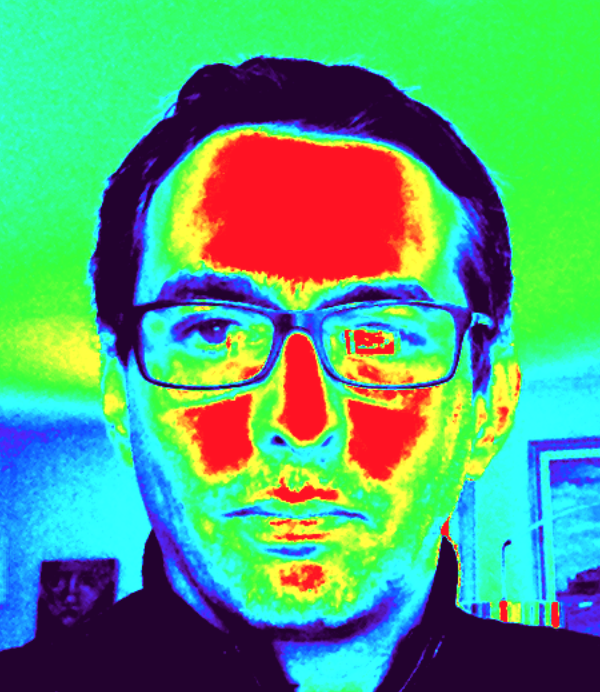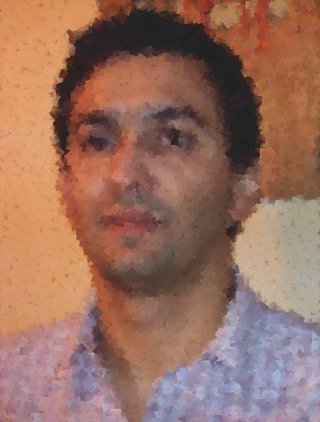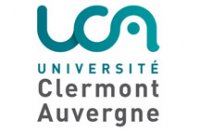The computer vision course is composed be three session: 1) Introduction to Image Processing and Computer Vision, 2) Visual Tracking and 3) Computer vision for augmented reality. Validating session 1 is necessary before sessions 2) and 3). Several topics are commun between sessions 2) and 3). Slides are mainly in english. Practical courses in matlab are mainly in french and in python are in english.
Please download this tuto (or read the last section of this page) to start the Virtual Machine Mecatronique and select the right virtual environment (for python based practicals)
Introduction to Image Processing and Computer Vision
Course outline:
Lecture1: Introduction (download slides)
Lecture2: Image Processing (part1): (download slides)
- Image coding,
- Colour,
- Histograms,
- Global filters,
Lecture3: Image Processing (part2): (download slides)
- Spatial filters,
- Mathematical Morphology introduction.
- Download practical 2 (Python) : spatial filtering and Morphology Mathematic
Lecture4: detectors and descriptors: (download slides)
- Interest Point Detector and Descriptor:
- Download Practical Course (Harris detector, python), (Harris detector, matlab)
Lecture5: Geometry (download slides)
- Introduction to homogeneous coordinate system
- Pinhole camera model
- camera calibration
- Homography, epipolar geometry
- download practical course (Matlab, fr), (Python)
Download orientation estimation practical course (Matlab: fr)
Download additionnal images for practical course (volants) (retines)(fibres) (billes1, bulles2)
Visual Tracking :
Course outline:
- Introduction to visual tracking (download slides)
- Probabilistic based tracking methods and more precisely stochastic ones (particle filters).
>> Download Slides (Part1, including introduction ti visual tracking) (Part2)
>> Download Practical Course (Particle Filtering, Python)(Videos)
- Optimisation based methods. Download Practical Course (Mean Shift Tracker, Matlab)
- Deep Learning (Download slides)
- Practical on Opencv popular trackers (subject, videos)
- Interest Point Detector and Descriptor
- >> Download Slides (Detectors and Descriptors) (Popular descriptors)
- >> Download practical (planar pattern Tracking-by-detection)
- Deep Visual Tracking and Multi Object Tracking (part1, part2)
- 2019-2020 Download Practical Course (Harris detector) (additional video sequence)
- 2019-2020: download Harris detector, python
- 2019-2020: download harris_tracking and images
NEW:
- 2021: Google colab link for KCF and MIL tracking methods on opencv
- 2021: Google colab link for DeepSort MOT
- 2022: Google colab link for Bytetrack MOT
Computer Vision for Augmented Reality
Course outline:
- Lecture 1: Introduction to Augmented reality, detectors and descriptors (slides1, slides2)
- Practical course 1: detectors an descriptors (Harris detector, python)
- Lecture 2: geometry for augmented reality
- Practical course 2: warping planar textures
- Practical course: camera calibration (please follow this opencv tuto) and this code
- Lecture 3: Realtime tracking (Download Slides (Part1, including introduction ti visual tracking) (Part2)) ; Download
- Practical on Opencv popular trackers (subject, videos)
- Lecture 4: Machine learning for Visual Tracking (introduction: download handout)
- Practical 3: Estimation of 3D distance on faces using Machine Learning technics : (download)
2019-2020
- Download AR Face mask practical.
- Download Transfert Learning sample.
- Download AR tracking correction
- 2019-2020: download cat_dataset
2023
- Download AR Face mask practical (for groups)
Additional Content :
- colab notebook for style tranfert
- colab notebook for quickdraw classification
- virtual environments with anaconda:
- create a virtual env called myenv with python3.6: conda create -n myenv python=3.6
- activate the environment: conda activate myenv
- installing opencv into the environment: conda install opencv (other necessary lib for CV practicals: matplotlib)
Using python for computer vision on mecatronique virtual machine.
Once you are logged into the virtual machine (ubuntu 16.04), launch a terminal are run the command:
conda activate opencv
This command activates the virtual environment opencv (all libraries you need for parcticals)
the string (opencv) will appear in the beginning of the prompt command line.
If you want to use the IDE spyder, type spyder& in the command line to launch it in a background process.
If you want an external display of the figure, you should modify the parameters of spyder to set the execution mode to "run in an external console". You may also use your own editor (emacs, vim) and run the python script using the command: python file.py with file.py the name of your python script.




